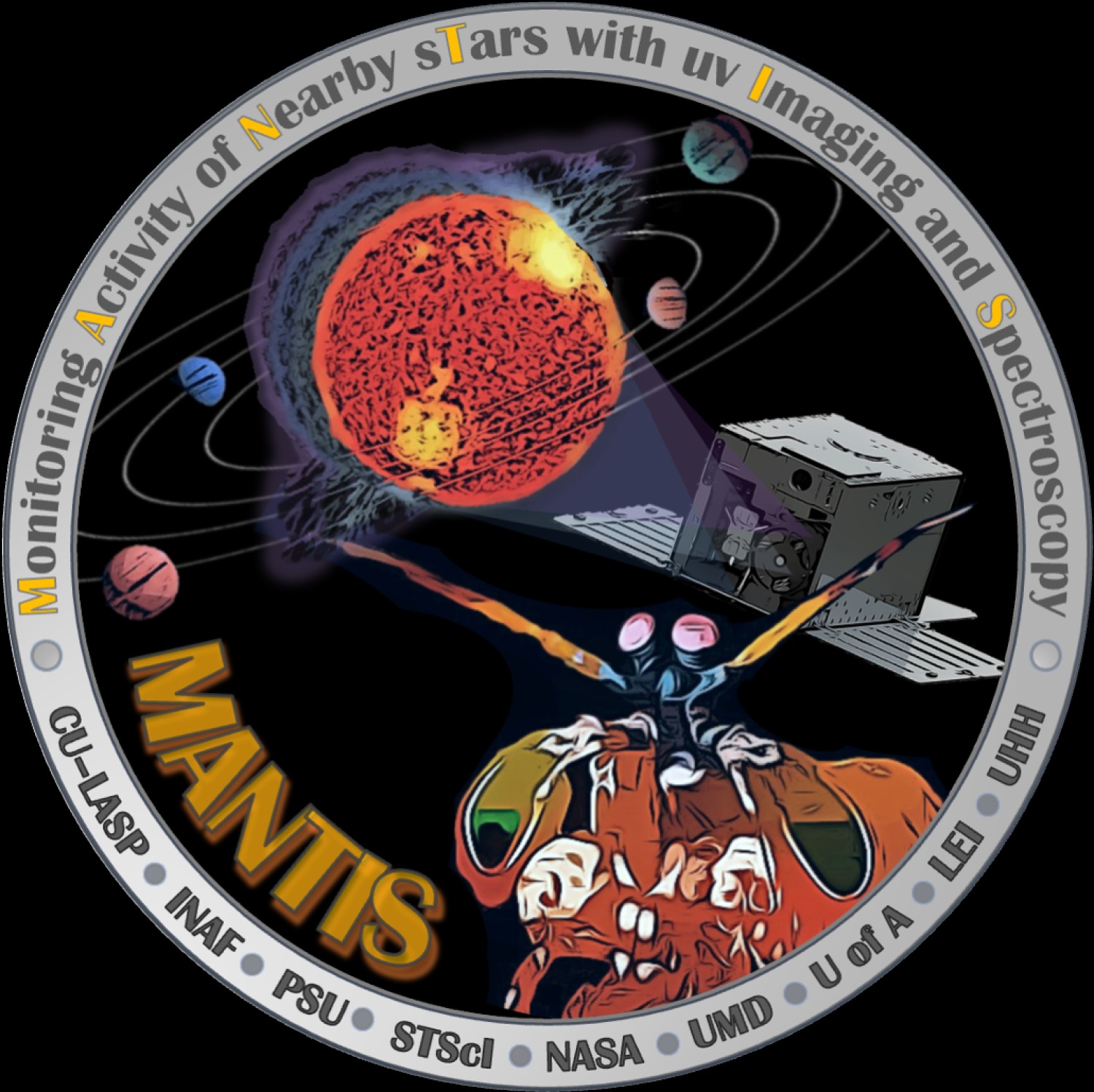After spending an extremely lonely year and a half peering into the distant depths of the cold Universe at a distance of about 2 million kilometers from Earth, the James Webb Space Telescope will soon receive a partner.
The Space Agency recently selected a toaster-sized CubeSat as a tiny but useful companion to a much larger telescope, according to a Colorado State University press release.

The Space Agency has announced an USD 8.5 million space mission called “Monitoring Activity from Nearby sTars with uv Imaging and Spectroscopy” (MANTIS), which will be designed and built by researchers from the University of Colorado.
The miniature but powerful spacecraft, which is scheduled to launch in 2026, will conduct observations in the full ultraviolet range. These observations will help MANTIS study stars that burn tens of light-years from Earth, helping James Webb observe exoplanets.

“We proposed MANTIS as a kind of ultraviolet sidekick that will follow JWST and look wherever it’s looking, filling in this important piece of context on the stellar environments in which these planets live,” said Kevin France, an associate professor at the University of Colorado at Boulder and a scientist on the MANTIS team.
Planets often emit huge amounts of ultraviolet radiation when they are exposed to radiation from their star, which is a sign that they may be losing their atmosphere. But it turns out to be difficult to measure this explosion of radiation, and this is where MANTIS comes to the rescue.
“For a lot of stars, this is going to be the first time we’ve seen what they look like in extreme ultraviolet,” said David Wilson, head of the mission’s science team at the University of Colorado.
In general, this means that we can get a seductive look at worlds that may be habitable.
Earlier we reported how James Webb saw a cluster of 45 thousand galaxies from the first billions of years of the universe.
Follow us on Twitter to get the most interesting space news in time
https://twitter.com/ust_magazine

